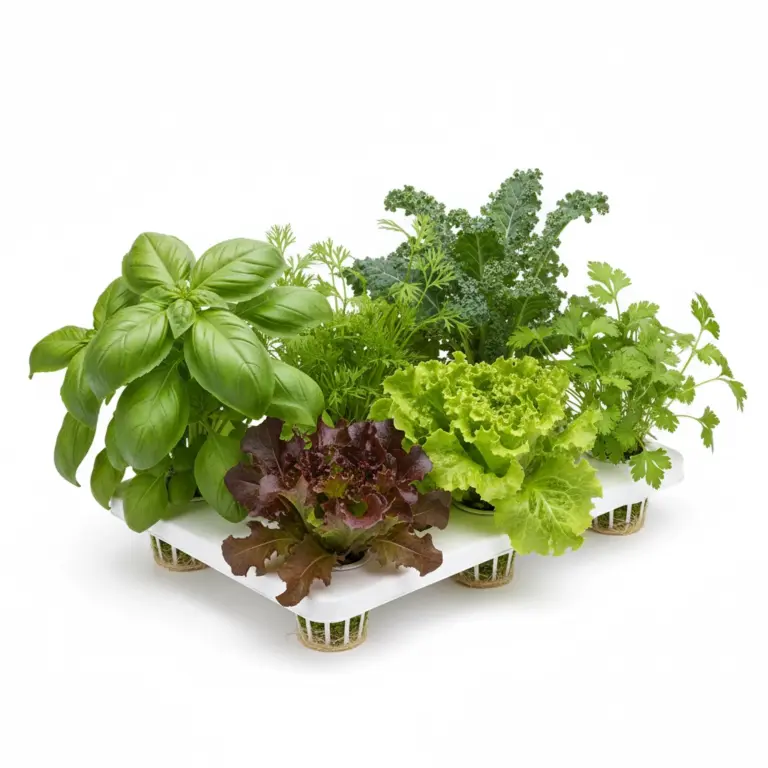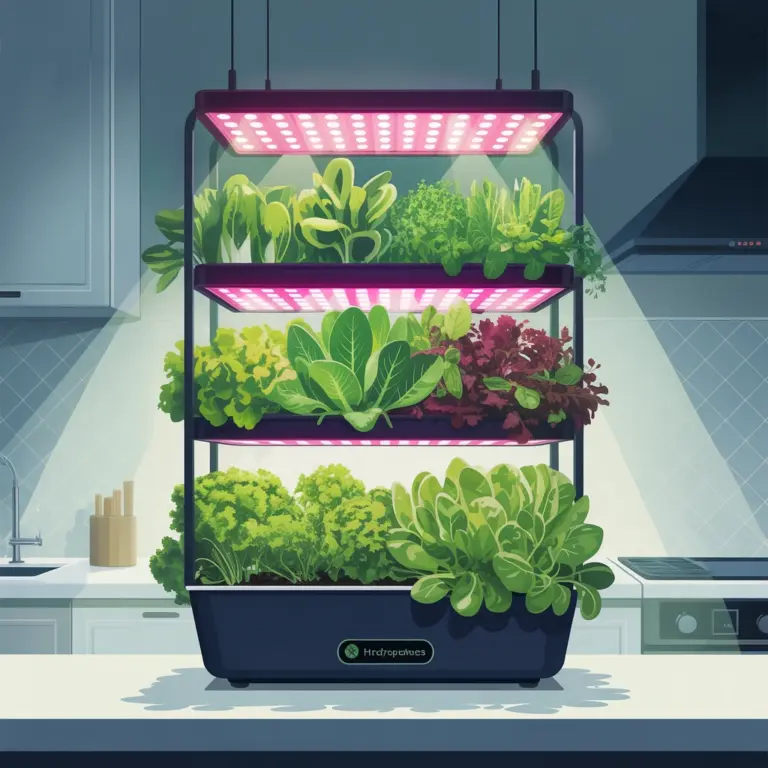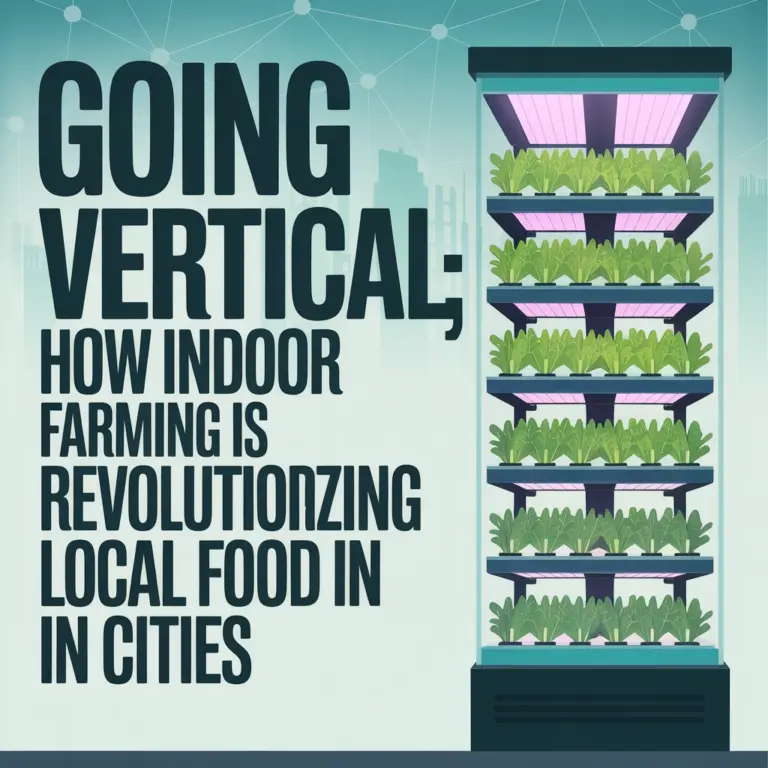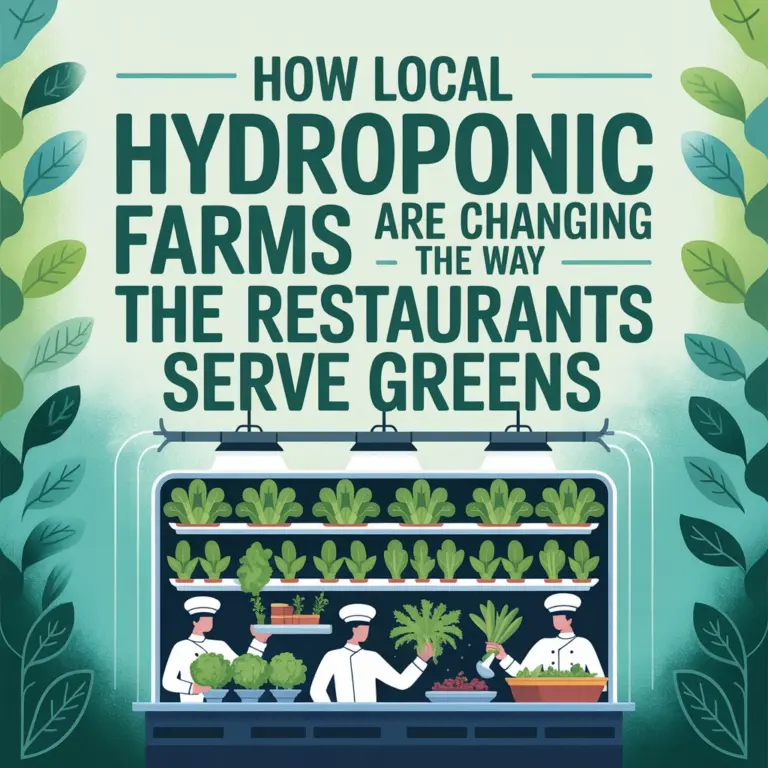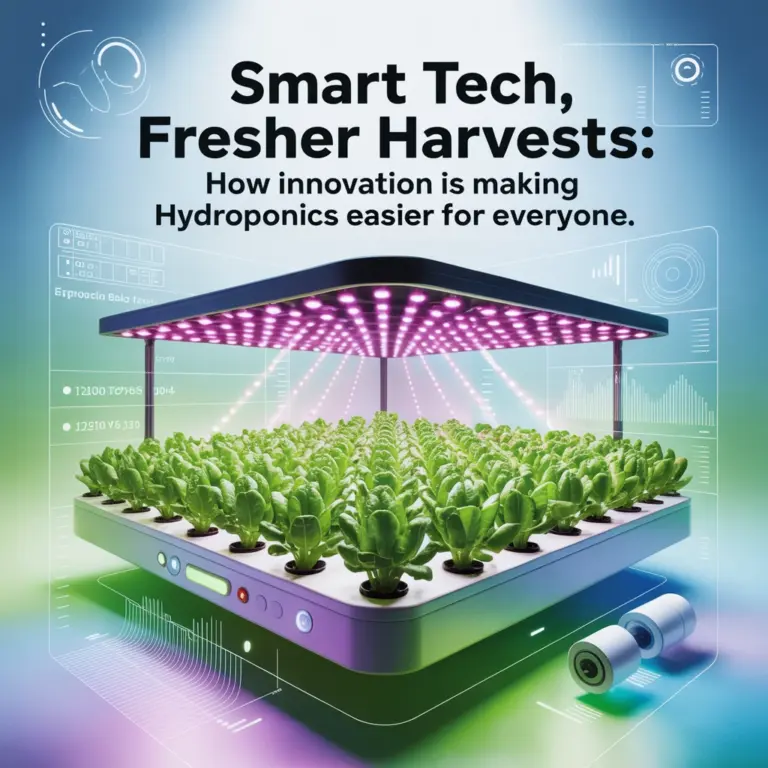The Microgreens Boom—Why Everyone’s Adding These Tiny Greens to Their Plates
There was a time when microgreens were reserved for fancy plates in high-end restaurants, perched like tiny hats on top of an entrée. Fast-forward to today, and these mini greens are booming—turning up in everything from smoothies at your local café to bowls at home kitchens all around the world. But why is the microgreens market suddenly exploding, and what’s really behind this trend? Let’s dig in.
From Garnish to Grocery Staple
The microgreens revolution is real—and the numbers are wild. Globally, the microgreens market more than doubled from $1.73 billion in 2023 to $3.24 billion in 2024. Things are just heating up: projections have the market climbing to over $8.25 billion by 2032, with annual growth rates in the 10–12% range. This makes microgreens one of the fastest-growing segments in fresh agriculture.
What’s driving those numbers? A perfect mix of health benefits, culinary excitement, climate-conscious thinking, and some seriously cool new farming technology.
Supercharged Nutrition in Every Bite
While these greens are small, their impact is massive. Microgreens pack up to 40 times the vitamins and antioxidants of their full-grown vegetable siblings. That means a handful of micro basil or radish shoots can deliver more punch than a plate of mature greens.
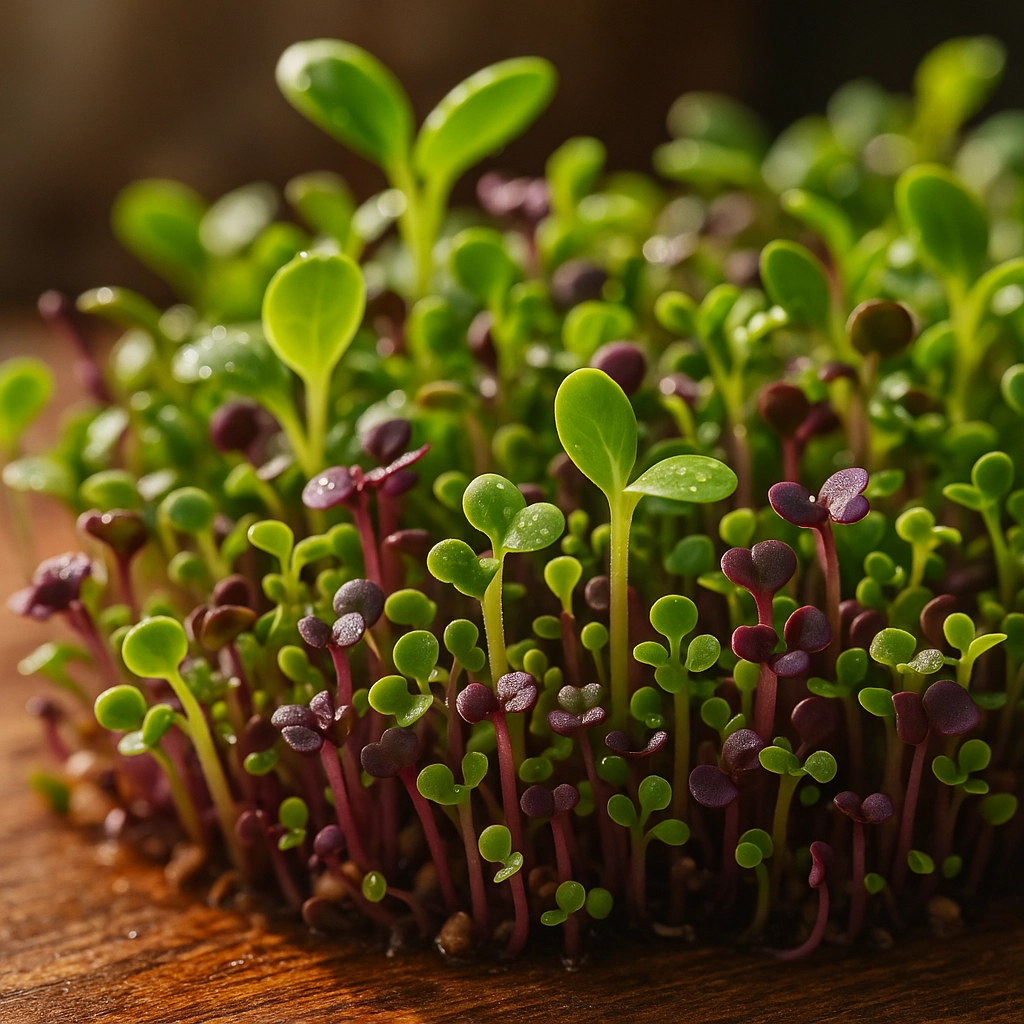
This nutritional power is a major reason dietitians love microgreens. They’re natural sources of folate, vitamin K, and powerful plant compounds—no need for synthetic fortification or processed “superfoods.” For anyone looking to sneak extra nutrition onto the plate, microgreens are a no-brainer, and functional-food manufacturers are quickly catching on.
Microgreens: Chef’s Secret Weapon
Microgreens started out as a chef’s garnish for good reason. Their flavors are concentrated and sometimes surprising—think mustardy “pop” from arugula, nutty richness from sunflower, or citrus zip from sorrel. It’s that flavor intensity that’s now transformed microgreens from last-minute sprinkle to a main ingredient.

Chefs and home cooks alike are throwing microgreens into spreads, sauces, sandwiches, salads, and even desserts. And with their colorful, delicate look, they take any dish from “meh” to “wow.” No wonder microgreens are popping up all over Instagram and food blogs!
Urban Agriculture: Microgreens as City Food
Maybe the coolest part of the microgreens boom? It’s making farming possible in the heart of the city. With their tiny footprint and ultra-fast growing cycle (ready in 7–21 days!), microgreens thrive in vertical farms, hydroponic setups, and even on your windowsill.
Cities have seen a rush of investment—about $7 billion since 2015—in controlled-environment agriculture and indoor vertical farms. That’s not just for big commercial growers: community gardens, schools, small businesses, and home hobbyists are all joining in. Grow lights, climate controls, and smarter hydroponic systems make year-round microgreens harvests possible even in the chilliest urban winters.

Microgreens are no longer locked into long supply chains. They can be grown hyper-locally—sometimes just steps from where they’re consumed—shifting the food system towards fresh, local, and ultra-resilient.
Sustainability: A Greener Green for Modern Times
Microgreens may be small, but their environmental footprint is even smaller. They need way less water, space, and energy than traditional field crops. Urban operations cut down on transportation, slashing food miles and carbon emissions. No wonder sustainability-minded Millennials and Gen Z shoppers are flocking to these greens—and happily paying premiums for feel-good food.

At a time when the world needs climate-smart farming, microgreens hit the sweet spot: eco-friendliness, nutrition, and taste all in one bite.
Technology Is Fueling the Growth
None of this would be possible without some real advancements in ag-tech. Today’s high-tech greenhouses and hydroponics systems use automated seeding, harvesting, and climate controls that keep costs in check and supply stable. Some new facilities have cut labor requirements by up to 40%. Energy efficiency is up, too—insulation and heat-recovery systems have slashed usage significantly compared to farms even just a few years ago.
Tech is also making it possible for anyone with a sunny window and a basic hydroponic kit to get in on the action. No backyard? No problem. The smallest apartment can be a mini-farm, and DIY kits are flying off the (virtual) shelves.
Microgreens Around the Globe
This isn’t just a North American trend. In Europe, especially the Netherlands, microgreens are powering ultra-efficient, high-tech farms. Singapore is leaning on vertical microgreens systems for food security. Across Africa, young urban entrepreneurs are using microgreens to bring green jobs and healthy food into growing cities.
The U.S. market, valued at about $0.59 billion in 2025, is expected to top $0.92 billion by 2030, with most of that growth happening in urban centers. This is especially true in places where bringing in fresh produce is expensive, but growing microgreens locally is perfectly doable.

Looking Ahead: More Than Just a Trend
Let’s be real: this craze isn’t just a quick fad. Microgreens hit almost every major vibe in food right now—nutrition, flavor adventure, sustainable sourcing, cool tech, and the joy of growing food anywhere. They’re also a hit with social media, which only accelerates their boom.
Looking forward, experts expect microgreens to appear in more forms (fresh, blends, powders), in more kinds of food (from baked goods to health drinks), and in lots of new places—restaurants, grocers, schools, meal kits, and right onto your plate at home.
At Titan Hydroponics, we see microgreens as a symbol of a new way to eat: fresh, fun, local, and planet-friendly. Curious to get growing yourself? Watch this space—we’ve got plenty of inspiration and tips coming your way.
